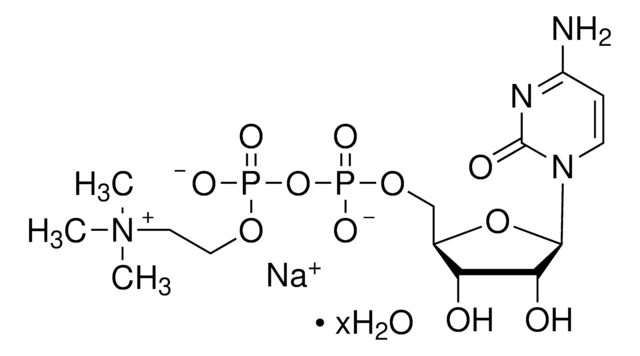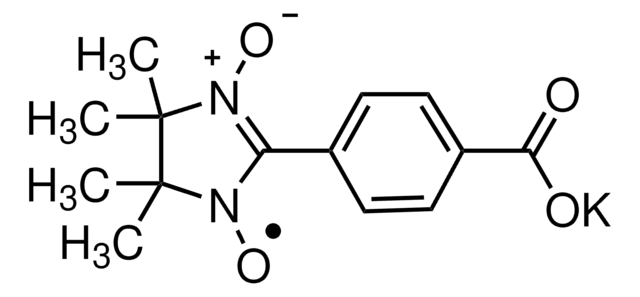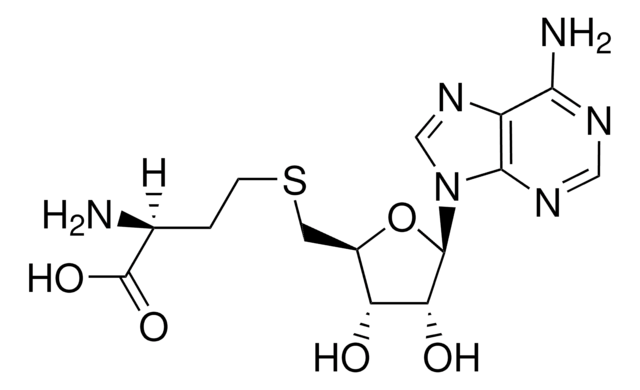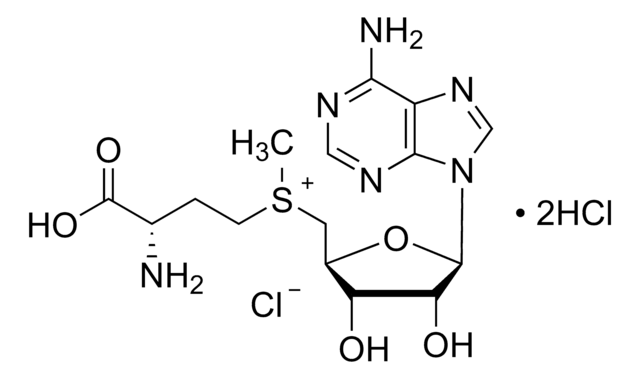C0256
Cytidine 5′-diphosphocholine sodium salt dihydrate
~98%, from yeast, solid
Synonym(s):
CDP-choline-Na, CDP-coline, Citicoline sodium, P′-[2-(Trimethylammonio)ethyl]ester cytidine 5′-(trihydrogen diphosphate) inner salt monosodium
About This Item
Recommended Products
biological source
yeast
Assay
~98%
form
solid
color
white
solubility
H2O: 100 mg/mL
storage temp.
−20°C
SMILES string
[Na+].C[N+](C)(C)CCOP([O-])(=O)OP([O-])(=O)OCC1OC([C@H](O)[C@@H]1O)N2C=CC(N)=NC2=O
InChI
1S/C14H26N4O11P2.Na/c1-18(2,3)6-7-26-30(22,23)29-31(24,25)27-8-9-11(19)12(20)13(28-9)17-5-4-10(15)16-14(17)21;/h4-5,9,11-13,19-20H,6-8H2,1-3H3,(H3-,15,16,21,22,23,24,25);/q;+1/p-1/t9?,11-,12-,13?;/m1./s1
InChI key
YWAFNFGRBBBSPD-MBWJOHGMSA-M
General description
Application
Biochem/physiol Actions
Caution
Storage Class Code
11 - Combustible Solids
WGK
WGK 3
Flash Point(F)
Not applicable
Flash Point(C)
Not applicable
Personal Protective Equipment
Regulatory Listings
Regulatory Listings are mainly provided for chemical products. Only limited information can be provided here for non-chemical products. No entry means none of the components are listed. It is the user’s obligation to ensure the safe and legal use of the product.
JAN Code
C0256-100MG:
C0256-VAR:
C0256-50MG:
C0256-BULK:
C0256-500MG:
C0256-25MG:
C0256-10MG:
C0256-1G:
Certificates of Analysis (COA)
Search for Certificates of Analysis (COA) by entering the products Lot/Batch Number. Lot and Batch Numbers can be found on a product’s label following the words ‘Lot’ or ‘Batch’.
Already Own This Product?
Find documentation for the products that you have recently purchased in the Document Library.
Our team of scientists has experience in all areas of research including Life Science, Material Science, Chemical Synthesis, Chromatography, Analytical and many others.
Contact Technical Service







